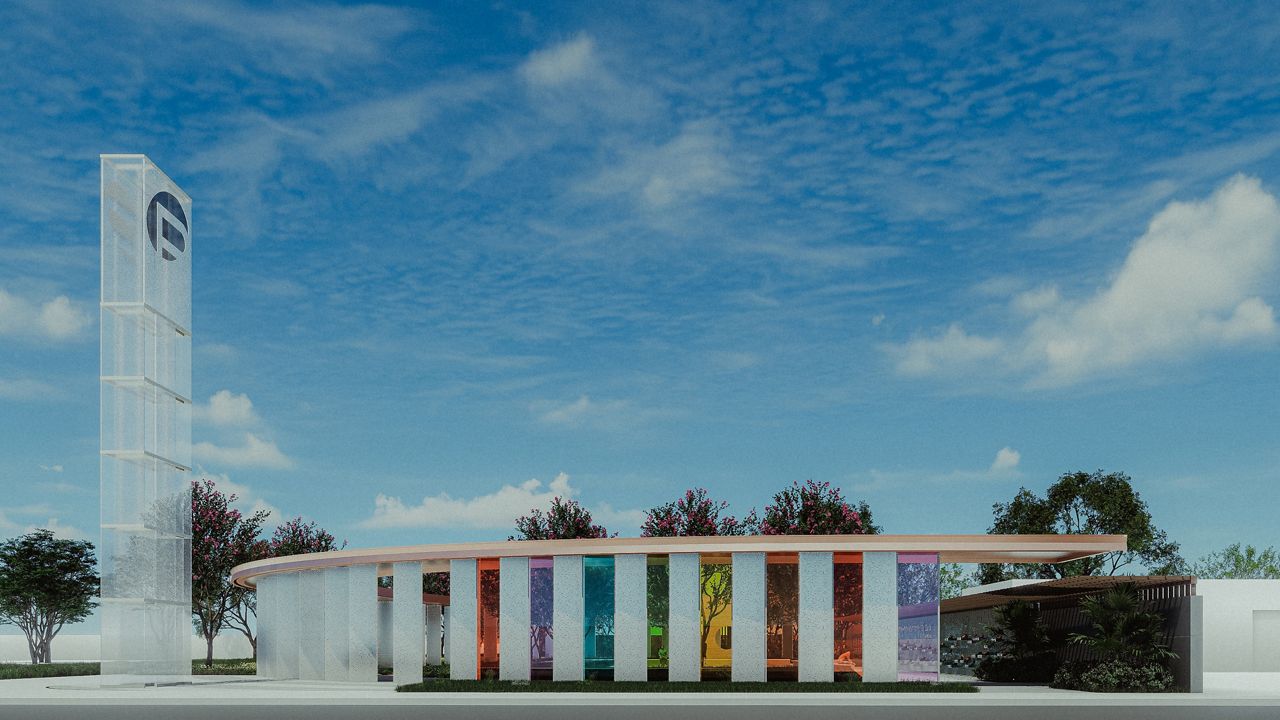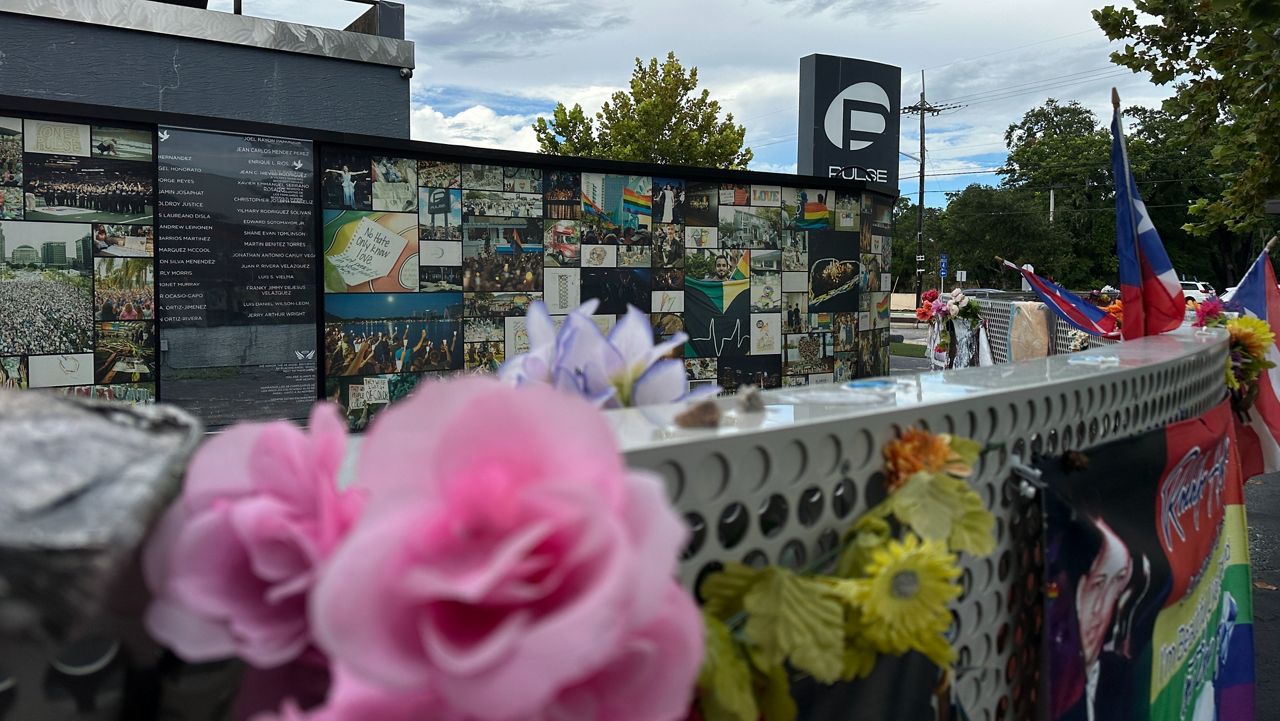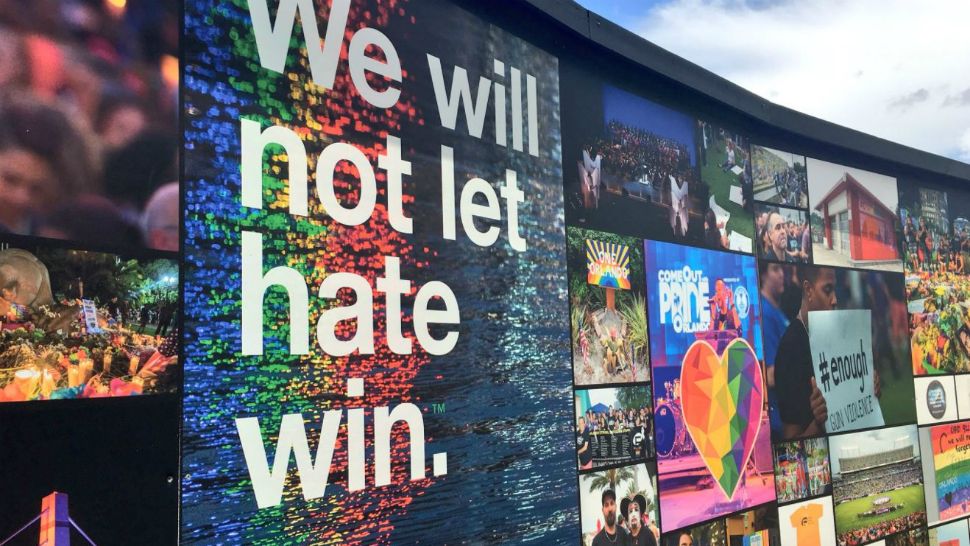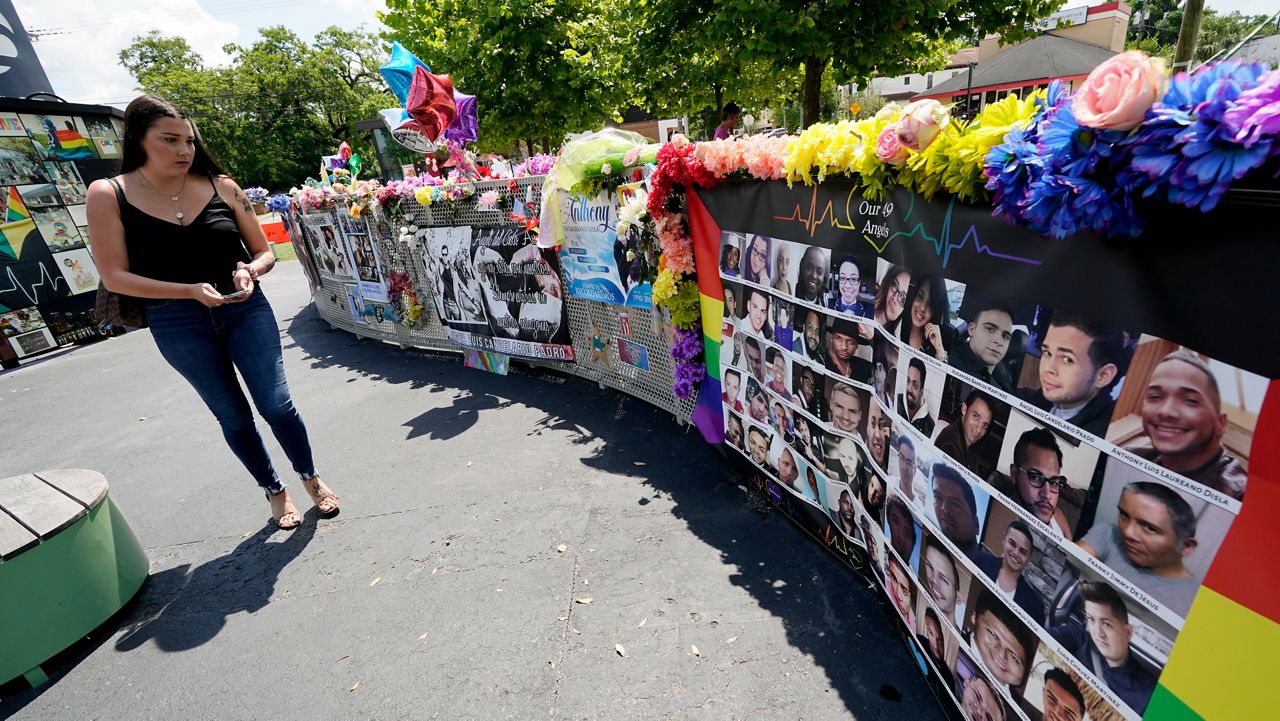ORLANDO, Fla. — Pulse Advisory Committee members sat down with a group of designers for the second night in a row to provide feedback on some preliminary design sketches for the future memorial.
Design assistants Jay Hood and Wayne Dunkelberger had less than 24 hours to come up with three sketches of the memorial, based on feedback they received from committee members the night before.
They’re hoping to come back with a finalized design in December.
It’s the feedback from the little green stickers committee members were given at the 7th Pulse Advisory meeting that paved the way for three design sketches for the future memorial to be drafted.
Design assistants from Baker Barrios and Catalyst Design Group came up with the concepts in less than 24 hours.
Their main challenge was figuring out a way to use the different elements to fit well together while incorporating family members’ and survivors’ preferences.
“The water feature was very important. That there be greenery is very important and very grounding, and that somehow those names are up there,” committee member Nancy Rosado said.
Rosado says all the elements she sought on behalf of mothers who aren’t on the committee were incorporated as well.
One priority is ensuring that the memorial remains a place of remembrance to honor the lives of the 49 people lost in a terrorist attack by Omar Mateen on June 12, 2016.
Dunkelberger, chief creative officer of Design for Baker Barrios, is among those design assistants who crafted the three site options.
During the presentation to committee members, he emphasized committee members’ request to incorporate 49 columns, to represent each one of the angels, through the design process.
“The columns really start to center you into the center of the space that you start from the ground terra firma and then you look up to the heavens,” said Dunkelberger, pointing to an image of the first option demonstrating those 49 columns stacked side by side, supporting an arch that would form a curve.
The idea is that visitors would be able to interact with each column separately as they walk along the curve.
Another priority that was mentioned is one of comfort, to provide a space for visitors to ponder and relax.
“That’s a place again that’s very casual. You can lay on the ground if you wanted to. But again it just makes it a very comfortable space, I think, softening that space up a little bit,” said Hood, a landscape architect at Catalyst Design Group.
Other important factors that were taken into consideration for each sketch included the addition of a potential water feature and shade structures that also provide a clear view of the sky.
However, some committee members voiced concerns about vandalism and graffiti given the openness and easy access to the site.
“In the physical sense of not wanting to re-traumatize people by seeing something they’ve put so much effort into and they’ve waited for so long. The pain is there. They don’t want them re-traumatized,” said Rosado, who is also a former New York Police Department officer.
Rosado and other committee members suggest having added security and making sure artifacts are well secured to avoid reliving that pain.
But until then, committee members are optimistic that a conceptual design will be reached and presented to them before the holidays.
The final Pulse Advisory Committee meeting is set for Dec. 12 at 4 p.m.
If all goes according to plan, the ribbon cutting ceremony for the memorial would happen sometime in January 2027.










